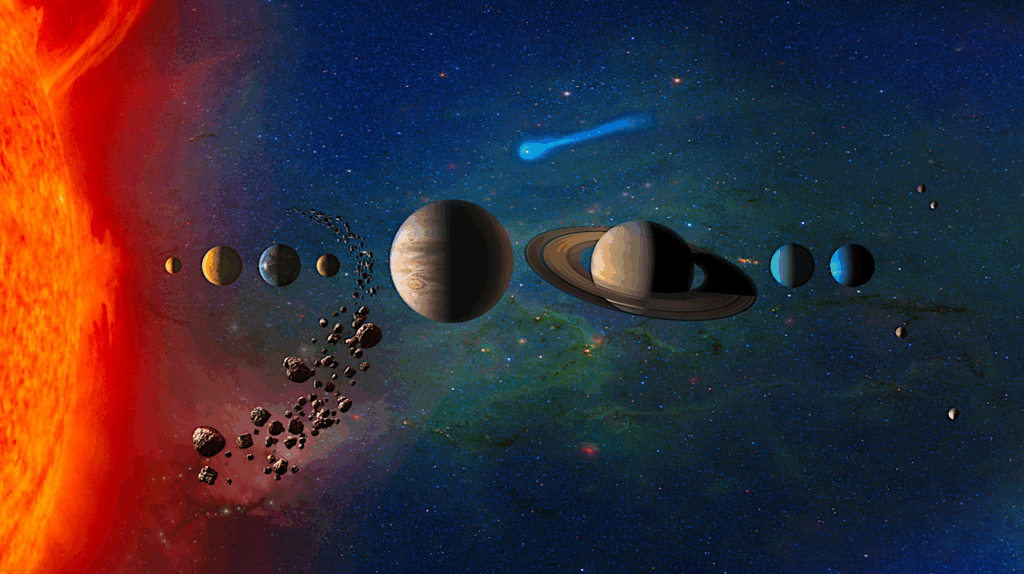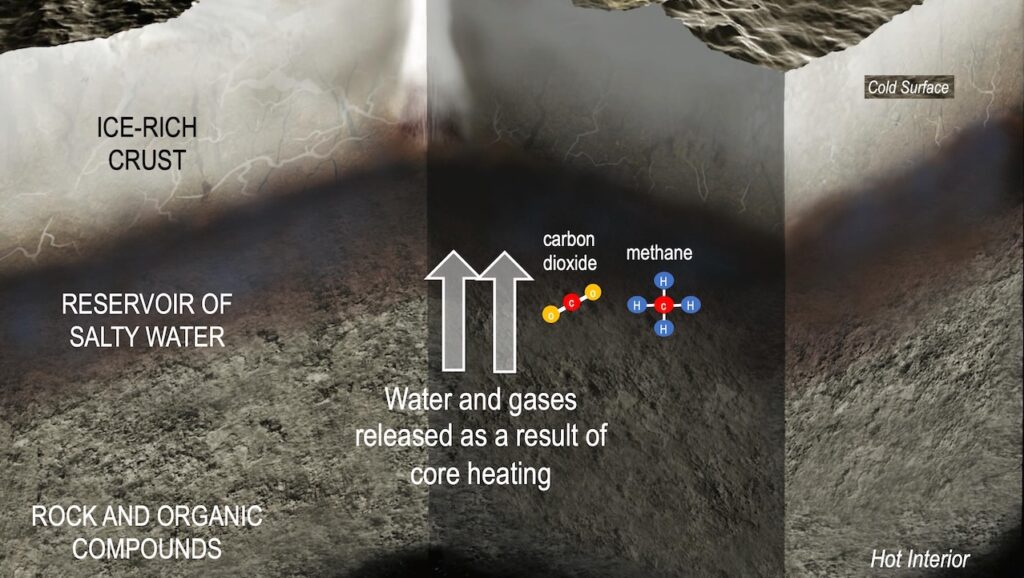Impact of Stellar Superflares on Planetary Habitability

High-energy radiation caused by exoplanetary space weather events from planet-hosting stars can play a crucial role in conditions promoting or destroying habitability in addition to the conventional factors.
In this paper, we present the first quantitative impact evaluation system of stellar flares on the habitability factors with an emphasis on the impact of Stellar Proton Events. We derive the maximum flare energy from stellar starspot sizes and examine the impacts of flare associated ionizing radiation on CO2, H2, N2+O2 –rich atmospheres of a number of well-characterized terrestrial type exoplanets. Our simulations based on the Particle and Heavy Ion Transport code System [PHITS] suggest that the estimated ground level dose for each planet in the case of terrestrial-level atmospheric pressure (1 bar) for each exoplanet does not exceed the critical dose for complex (multi-cellular) life to persist, even for the planetary surface of Proxima Centauri b, Ross-128 b and TRAPPIST-1 e.
However, when we take into account the effects of the possible maximum flares from those host stars, the estimated dose reaches fatal levels at the terrestrial lowest atmospheric depth on TRAPPIST-1 e and Ross-128 b. Large fluxes of coronal XUV radiation from active stars induces high atmospheric escape rates from close-in exoplanets suggesting that the atmospheric depth can be substantially smaller than that on the Earth. In a scenario with the atmospheric thickness of 1/10 of Earth’s, the radiation dose from close-in planets including Proxima Centauri b and TRAPPIST-1 e reach near fatal dose levels with annual frequency of flare occurrence from their hoststars.
Yosuke A. Yamashiki, Hiroyuki Maehara, Vladimir Airapetian, Yuta Notsu, Tatsuhiko Sato, Shota Notsu, Ryusuke Kuroki, Keiya Murashima, Hiroaki Sato, Kosuke Namekata, Takanori Sasaki, Thomas B. Scott, Hina Bando, Subaru Nashimoto, Fuka Takagi, Cassandra Ling, Daisaku Nogami, Kazunari Shibata
(Submitted on 16 Jun 2019)
Comments: 37 pages, 19 figures, 4 tables. Accepted for publication in The Astrophysical Journal (on June 16, 2019)
Subjects: Solar and Stellar Astrophysics (astro-ph.SR); Earth and Planetary Astrophysics (astro-ph.EP)
Cite as: arXiv:1906.06797 [astro-ph.SR] (or arXiv:1906.06797v1 [astro-ph.SR] for this version)
Submission history
From: Yosuke Yamashiki
[v1] Sun, 16 Jun 2019 23:45:58 UTC (9,447 KB)
https://arxiv.org/abs/1906.06797
Astrobiology








